|
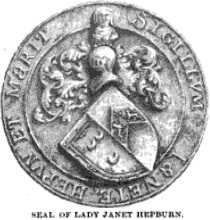 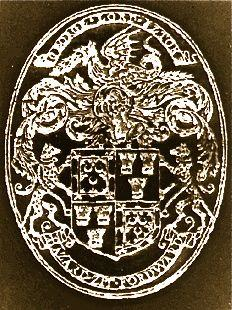 Beginning from
Carolingian times, a knights shield and it's symbols were highly
revered and respected devices and in fact from this simple form of
identification grew the orders of chivalry, of knighthood and even
of the peerage itself. There was a system or order created
as a result of these armorial bearings, which symbols eventually
laid out an order of precedent. It was then, just as it is
now, a guarded honour to bear Arms, and the Seton's kept them in
high esteem. Beginning from
Carolingian times, a knights shield and it's symbols were highly
revered and respected devices and in fact from this simple form of
identification grew the orders of chivalry, of knighthood and even
of the peerage itself. There was a system or order created
as a result of these armorial bearings, which symbols eventually
laid out an order of precedent. It was then, just as it is
now, a guarded honour to bear Arms, and the Seton's kept them in
high esteem.
The Arms, or heraldry, not only demonstrated a
lineage, but stated a creed or belief which positioned oneself or
family politically. In fact the Arms of the House of Seton
are among the oldest known Arms, recorded throughout France,
Spain, Rome, England, Sweden, Germany, Canada, America, and or
course, Scotland.
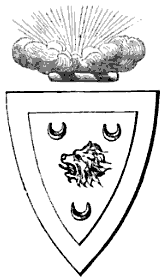 It was in Sir Walter Scott's, "The
Abbott", and the description of the Seton's Canongate House,
where the prominence of the family's Arms came to light after the
demise of the House following the Jacobite wars. What once
seemed a long lost art, and demonstration of pride, reemerged in
the following words: It was in Sir Walter Scott's, "The
Abbott", and the description of the Seton's Canongate House,
where the prominence of the family's Arms came to light after the
demise of the House following the Jacobite wars. What once
seemed a long lost art, and demonstration of pride, reemerged in
the following words:
..."one of the arched passages which afforded an outlet to the Canongate
from the houses beneath, a passage, graced by a projecting shield
of arms, supported by two huge foxes of stone". Therein was, "A
paved court, decorated with large formal vases of stone, in which
yews, cypresses, and other evergreens, vegetated in sombre sullenness, and gave a
correspondent degree of solemnity to the high and heavy building
in front of which they were placed as ornaments, aspiring towards
a square portion of the blue hemisphere, corresponding exactly in
extent to the quadrangle in which they were stationed, and all
around which rose huge black walls, exhibiting windows in rows of
five stories, with heavy architraves over each, bearing armorial
and religious devices".
Upon entering the
Lord Seton's Lodging, one "pulled the bobbin, and the latch,
though heavy and massive... (and) entered the large hall, or
vestibule, dimly enlightened by latticed casements of painted
glass, and rendered yet dimmer through the exclusion of the
sunbeams, owing to the height of the walls of those buildings by
which the court-yard was enclosed. The walls of the hall
were surrounded with suits of ancient and rusted armour, interchanged with huge
and massive stone escutcheons, bearing double tressures, fleured
and counter-fleured, wheat-sheaves, coronets, and so forth..."
There are many Arms
not yet presented here in the Seton Armorial, but are either being
researched or are in the process of development for presentation
here. It is intended that all Arms ever borne by members of
the Scottish House of Seton will be recorded and presented, and
the Roll which follows is currently an incomplete one.
There are currently
two segments to the Roll: First, are Arms which are known to have
been matriculated are presented on page one, or Folio 1; and
Second, are Non-Matriculated Arms and those which due to antiquity
cannot be legitimated via documents, but which are historically
known, on Folio 2.
FOLIO I
Here follows the
Roll of Arms, or list of the Shields, of the Seton family:
The
Original Seton Arms
Original
Arms
14th Cen. Seton Arms
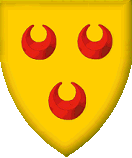
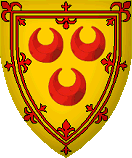
The
Arms of the Seton Peers
Earl of Winton Earl of Dunfermline Viscount of Kingston
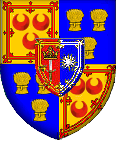
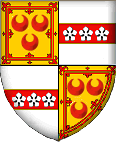
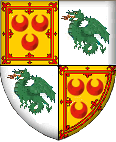
Lord Seton Lord Urquhart Lord Fyvie Lord Kilcreuch Lord
Barnes
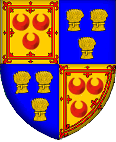
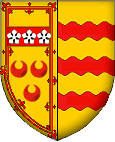


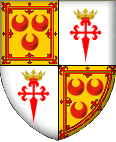
Baronet of Garleton Baronet of Abercorn Baronet of Windygoul Baronet of Olivestob Baronet of Allanton Baronet of Pitmedden
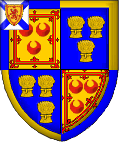
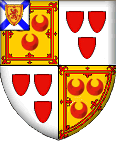
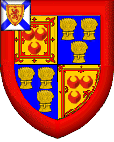
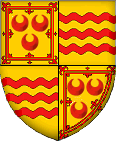

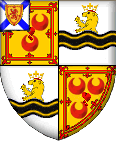
The Arms of
the Principle Seton Cadets
Seton of St. Germains

Seton of Garleton (Winton
Claim) Original Seton of Garleton
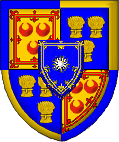
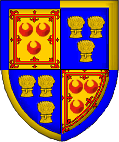
Sir John Seton of Barnes Seton of Barnes Seton of Barnes (later)

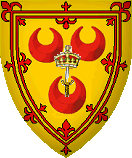
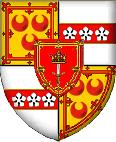
Seton of Cariston Seton of Cariston (2nd)
Seton of Cariston (3rd) Seton of Cariston
(cadet)
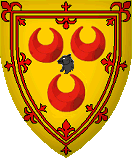
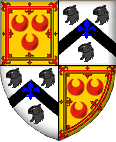
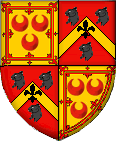
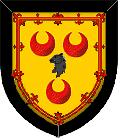
Seton of Touch Seton of Touch (orig.) Seton of Touch (later) Seton-Steuart
of Touch
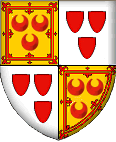
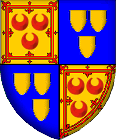
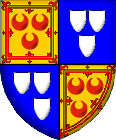
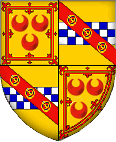
Seton of Gargunnock (1st)
Seton of Preston & Ekolsund Seton of Gargunnock
(2nd)
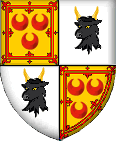

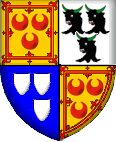
Seton of Meldrum
Seton of Pitmedden Seton of Mounie Seton of Barra
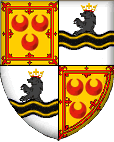
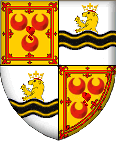
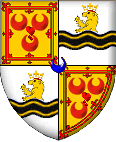
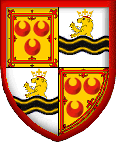
Seton of Kyllismuir Seton of Northrig Grand Prior David Seton Seton of Falside


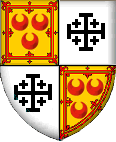

Seton of Parbroath Seton of Powderhall Seton of Lathrisk
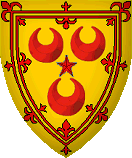
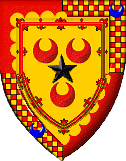
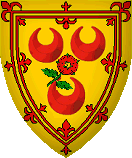
The Arbroath Seal of Sir Alexander
Seton
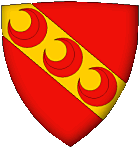
|
